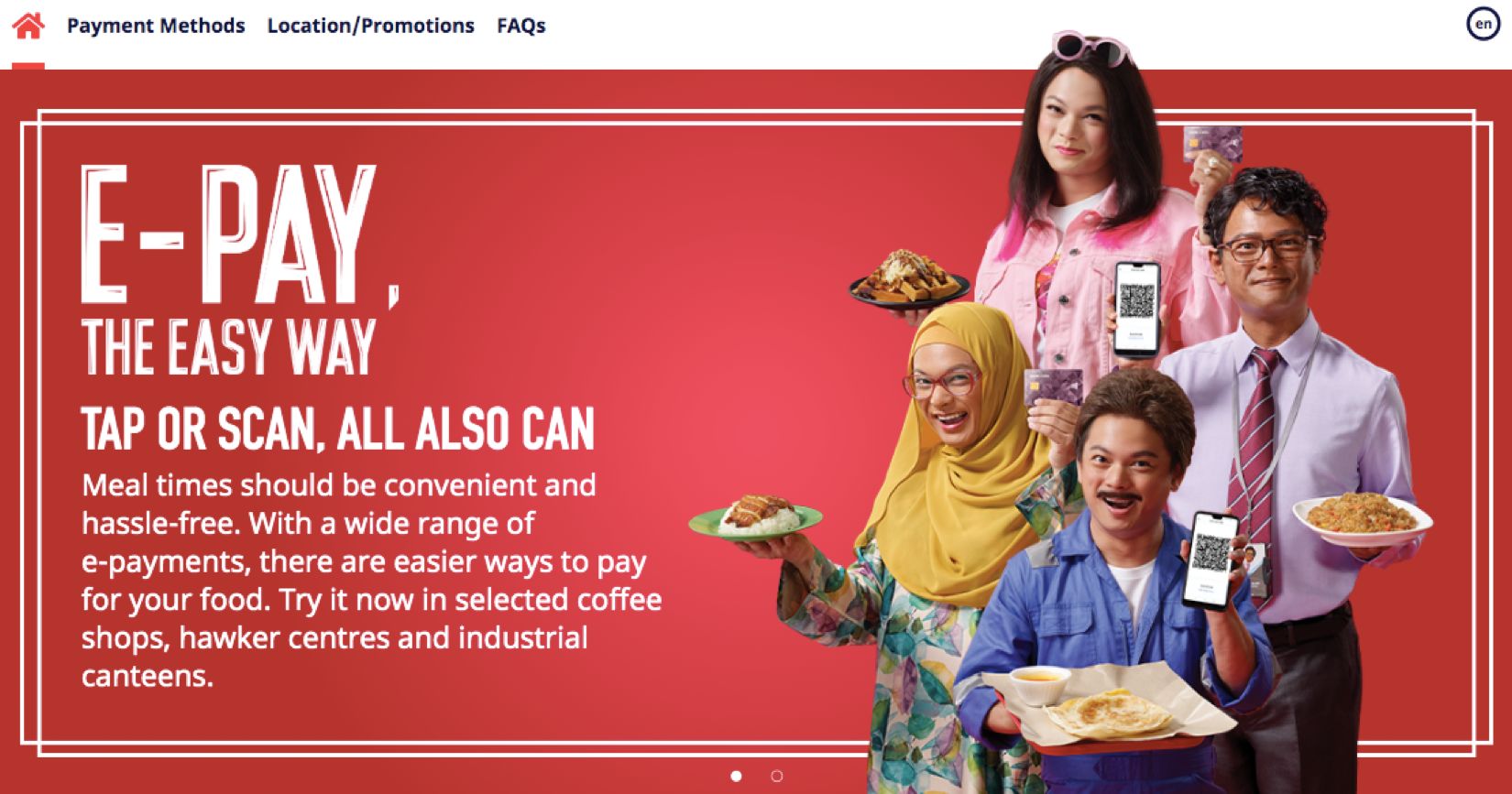The first thing that strikes my mind when talking about this topic is whether going viral is necessary and if it is positive or negative to have such high media coverage. What exactly are the impacts when such levels of virality is reached and how does it spread? People often use the format of STEPPS – S (social), T (Triggers), E (Emotions), P (Practical), P (Publicising consumption), S (Story) to explain why things go viral, but how are they actually used?
I think the word “Viral” in marketing has two opposite outcomes that are good and bad. Let us take a look at some examples that backs this statement.

This incident happened in 2019 and it caused a huge outrage in the online community in Singapore. The portrayal of different races by a single celebrity named Dennis Chew led to netizens crying foul with some even making malicious remarks to Dennis. The advertisement began with the positive intention of appealing to different races and working classes by showing the multi-racial side of Singapore and the various uniforms used by different people. The virality of this was brought about by anger of the use of “Blackface” to depict another race. This is evidence of emotional factors being brought into play to cause society to react tremendously to a stimulus. Due to the negative reaction, Nets E-PAY then took down the ad even though there was no breach of any code of practices.

Adding on, a chinese couple in the property and real estate industry made a video to attract minority ethnic groups. The video depicts the couple in ethnic indian clothing attempting to imitate indian dance moves while dancing to a Chinese song and speaking in poorly pronounced Tamil and Malay. Even though the owner of the property that the couple listed approved of the video, it was still shunned by the public as most saw it as offensive. The youtube video went viral overnight when content creation websites like Goody Feed made a post about them. Like the “Blackface” advertisement, the video was a poor attempt to portray or imitate another ethnic group resulting in negative comments blasting the couple and the need for them to make a public apology.
But of course, viral marketing can also create positive impacts on negative origins.One example can be seen in 1986, when two boys went missing in Singapore which led to an islandwide search. The incident was associated with Mcdonald’s as the fast food chain participated in the search and even placed a $100,000 reward for any information regarding the whereabouts of the boys. By associating the brand with this incident, Mcdonald’s indirectly attained viral marketing through the employment of emotions and social currency as most people started talking about the reward offered. This helped place Mcdonald’s in a positive light that associates them with being generous giving back to the community.
Another example would be the ALS ice bucket challenge. Though the content of the challenge video may seem irrelevant to the illness, the video made a viral impact with more than 17 million people participating and $115 million was raised for the ALS Association. A huge part of emotions and social currency were involved in virality of the challenge as the intent was clear to let people know of the good cause, thus causing more to want to share this video with the motivation of wanting to spread awareness of a good cause.
SO HOW DO WE BECOME VIRAL? Firstly, you need to have content that can interest people. It must be something that is relevant and people would find worthy of sharing. Next, be persuasive. For example, an online business related to fashion will require you to understand your target market. For example, if your target market were young adults, clothing like formal dresses and neutral outfits would appeal to them as they will be entering the workforce soon. This would give practical value to your product. Furthermore, constant social media marketing marketing using multiple influencers will also tap on consumer’s emotions and will act as strong persuasion as consumers will deem it as a trendy product.
Ultimately, I feel that it is essential to select the right approach to market your product. It would be your responsibility to ensure that the content you publish can cue a person’s thoughts to be about your product.
Do share your thoughts about this with me in the comment section below! Ciao~



![54 Beautiful [Free!] Social Media Icon Sets For Your Website](https://buffer.com/library/content/images/library/wp-content/uploads/2015/12/socials-nucleo.gif)



